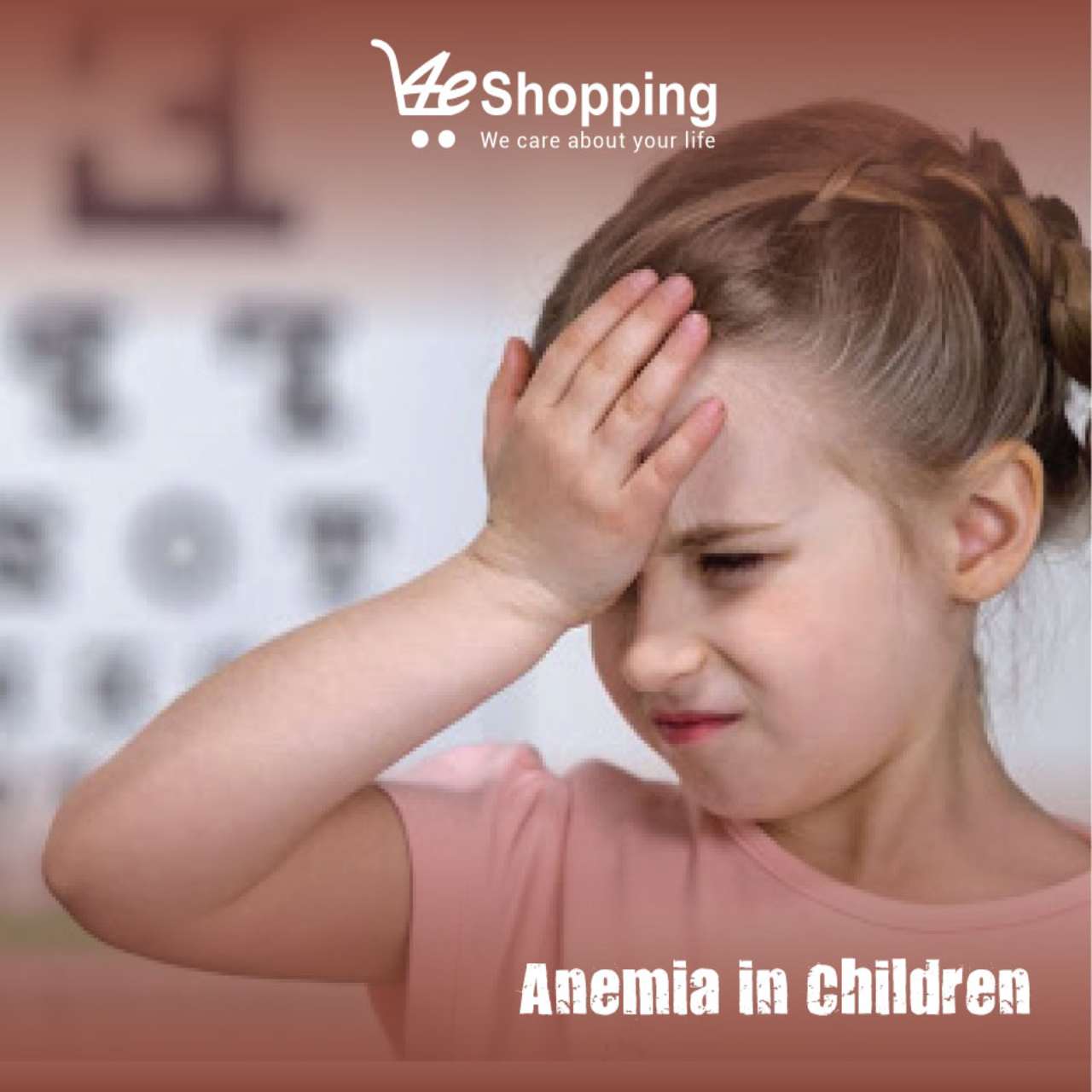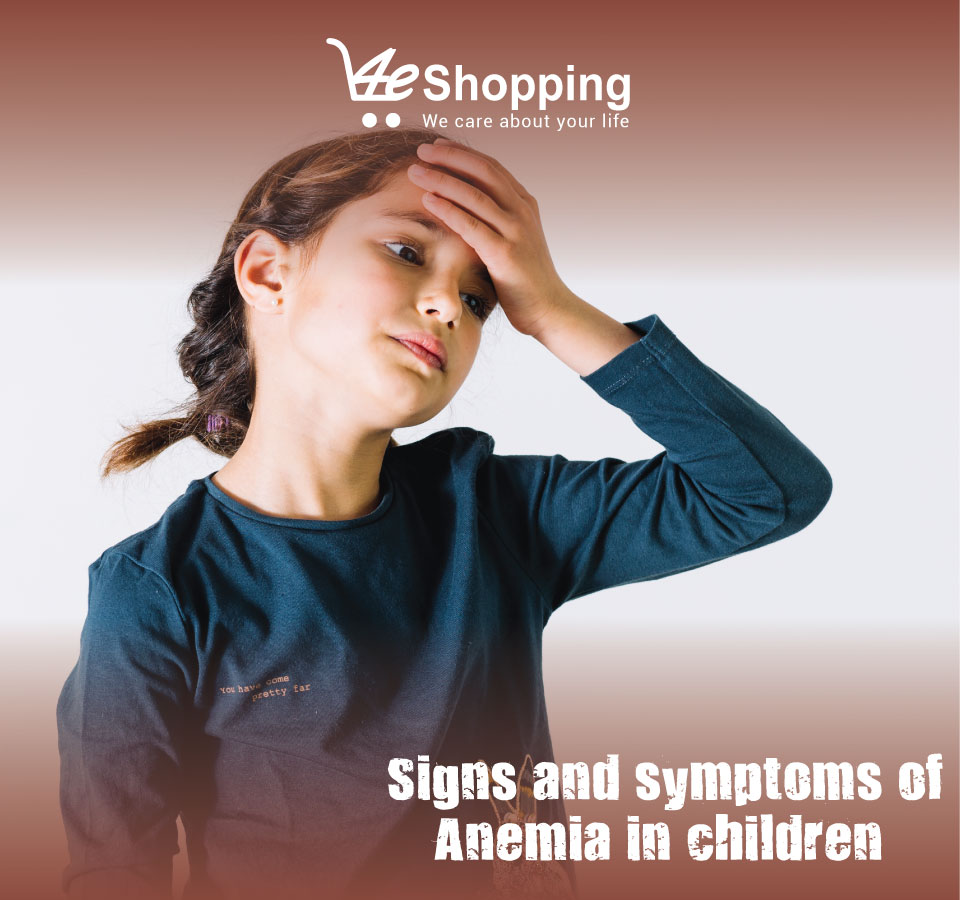
Pharmacist Pioneer Community. Why?
Jul 03 - 2022

Almost half of the world's children under the age of five years suffer from iron deficiency anemia, and according to WHO statistics, 293 million pre-school child suffer from iron deficiency problems and complications, and this number jumps to reach 305 million school-age child at all the school educational levels. .
The spread of such a problem is just a reflection of larger problems locally and globally, its dimensions goes beyond it being a health problem to being an economic problem with social, cultural and civilizational precipitates , as the rapid and industrialized lifestyle has its impact.
In some poor third world countries, iron deficiency anemia in children is widely spread as a result of extreme poverty, lack of food, and an unhealthy environment. On the contrary the first world countries and the rest of the world have this large food availability and the ability to purchase diverse kinds of food, yet iron deficiency anemia is widespread, which is highly surprising , but it is a result to the unhealthy eating that lacks the nutrients that contain vitamins and minerals necessary for a child to grow properly.
In both cases, whatever the reasons are, the child is the first victim who will be affected by all these problems now and later. He will age to become an adult responsible for the future of the country, so the child who is unable to think, focus and pay attention will become an adult who is unable to support himself and his family and contribute to the growth of society.
1. What is iron deficiency anemia?
2. Who are the children most at risk of developing iron deficiency anemia?
3. How do you know that your child suffers from iron deficiency anemia?
4. What are the most important vitamins and minerals for your child's health?
5. How to protect your child from iron deficiency anemia?
1. What is iron deficiency anemia?
Iron deficiency anemia is one of the most common types of anemia, a condition in which the blood does not have enough healthy red blood cells (RBCs) that are able to transport oxygen to the body's tissues. Without an adequate amount of iron, the body cannot produce enough Hemoglobin that enables the RBCs to transport oxygen, and as a result, the child will feel tired, lazy and lethargic.
Children are considered the most vulnerable to iron deficiency anemia, because their growing bodies need continuous nutrition rich in vitamins and minerals necessary to support the body's processes on a regular basis. Also, adolescents are more likely to be affected as a result of the physical and hormonal changes they are undergoing, but children are at greater risk, this may affect their immunity, physical and mental development for a lifetime.
2. Who are the children most at risk of developing iron deficiency anemia?
Infants and children at risk of iron deficiency are:

3. How do you know that your child suffers from iron deficiency anemia?
Symptoms of iron deficiency anemia appear in a way that cannot be predicted as abnormal. Your child may appear to have some fatigue, which is justified most of the time as a result of playing or not sleeping enough. He may refuse food many times, and it is thought that it is due to the quality or taste, but if you looked closely and started to connect things after reviewing the information presented in the article, you may recognize the problem that changed your child's playful nature to a more tired and restless child, so you can treat it and get your active, fun child back.
The signs and symptoms that we will mention should be confirmed by a medical examination and some tests:
To follow up and not allow the problem to get worse, the American Academy of Pediatrics recommends that all infants be tested for iron deficiency anemia starting at age of 9 months through 12 months. Depending on the results of the examination, the child's doctor may recommend oral iron supplements, daily multiple vitamins, or other tests.
4. What are the most important vitamins and minerals for your child's health?
It is the main component that the body needs to manufacture healthy red blood cells in sufficient quantities, to supply all cells in the body with the oxygen and nutrients needed to work efficiently.
Vitamin C contributes to enhancing the absorption of iron from the intestine, so it is recommended to obtain it either through foods rich in it (oranges, lemons, grapefruits, red and yellow peppers) or nutritional supplements and take them in conjunction with iron.
Zinc is one of the most important minerals that contribute to protecting the body from infection and strengthening its immunity to work efficiently. whether to manufacture red blood cells or to complete the rest of the vital processes in the body, and it must be obtained constantly from foods rich in it (nuts, red meat, and legumes) or nutritional supplements, because the body cannot manufacture or store it.
Vitamin B-complex is one of the most important vitamins for the work of various body enzymes and for the processes of nutrients metabolism, and is also important for the nervous system. So it is recommended to eat foods rich in them (green leafy vegetables, meats of all kinds, dairy and their derivatives, nuts and whole grains, legumes and seeds).
It is one of the vitamin B-complex and it is called vitamin B9. Folic acid helps in the manufacturing of red blood cells from the bone marrow and works to protect children from structural and cognitive disorders during their development.
It is part of the vitamin B-complex, as vitamin B12 helps the brain and nervous system grow efficiently, and it works to provide the body with the energy needed to work on manufacturing red blood cells.
It is a strong antioxidant that works to prevent any infection and inflammation that weakens the body, and it is a very important element, especially for children because of their constant exposure to diseases and weak immunity, so it is necessary to make sure to provide the body with it either through food (broccoli, leafy vegetables, spinach, nuts, etc. Peanuts, peanut butter, linseed oil, sunflower seeds, olive oil, and wheat germ oil) or supplementation.
Ferrobella chocolate is an integrated source for all these vitamins, minerals, and others, as one tablespoon of it is sufficient to provide your child's body with all its daily needs for proper growth.
Ferrobella, the tastiest, safest and most effective iron source for children, 13 vitamins and minerals to quickly solve the problem of anemia in children:
What is the dose of Ferrobella for children?
|
Age |
1-4- years |
Older than 4 years |
|
Daily requirement |
1 tablespoon/day |
2 tablespoons/day |
Ferrobella 2 in 1, it is an effective and 100% safe treatment for your child and at the same time it is healthy chocolate and its calories are few compared to the rest of the non-medicinal types. It may occur to some parents that the fact that Ferrobella is a chocolate that it may lead to weight gain. This is not true. Every 15 grams of Ferrobella contains only 68 calories.
“It is recommended to stick to the daily dose and not to exceed it and to diversify the iron-rich diet between chocolate and natural foods.”
5. How to protect your child from iron deficiency anemia?
*This article was written by an integrated medical team affiliated with Devart Lab, the leading company in the field of Nutraceuticals in Egypt and the Middle East (Nutrigenomics and Food Fortification), by providing nutrients that are fortified with minerals and vitamins that the body needs on a daily basis to obtain effective results in the least possible time. By using, the latest technological technologies that ensure full absorption without any side effects.